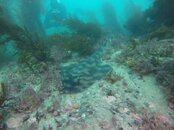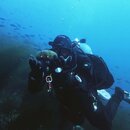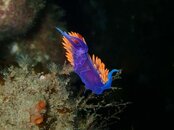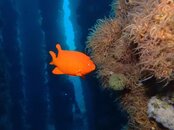The TG-6 and G7X both have fixed lenses - the G7X is a 24-70 equivalent zoom. 24mm is fairly wide on land but behind a flat port it is equivalent to about a 30mm lens on land. The G7X as it stands can take shots of subjects as small as about 70mm long or so and at reasonable distances a big fish and at a stretch a diver - but you need to back up quite a bit. In UW photography water is the enemy and you are trying to minimise the distance between you and the subject. The range of a strobe UW tops out at about 1m or 2m at a stretch in clean water.
If you find you want a wider view you can add a lens that will expand the field of view to about that of an 18mm lens UW - for the reasonably priced models. If you want to take shots of really small stuff you can add a a macro wet lens which lets the camera focus closer. You can take them on and off UW or have them attached to a flip holder. They will fit in the hand easily, you don't need them but may find you want them down the road. There's various restrictions on these lenses which you can get into once you decide you want them, for example the basic wide lenses only work properly at minimum zoom - some cameras you need to zoom in a little to stop vignetting etc. The advantage is you can do any subject on any dive with a full setup - you can do something approaching this with a full frame rig but the expense is much higher and more limitations.








